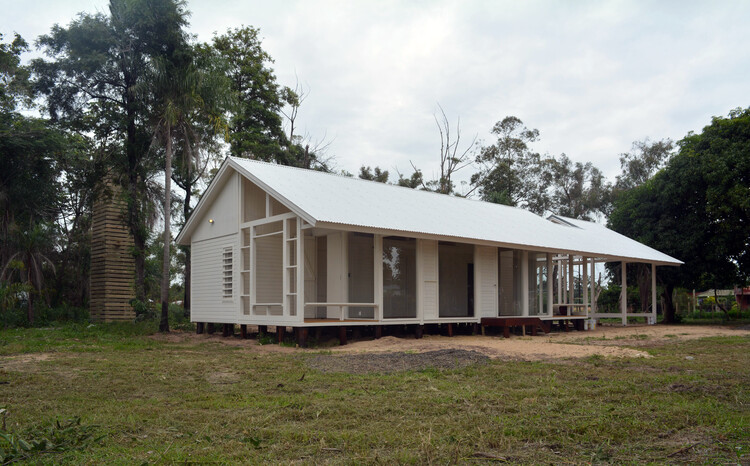
-
Architects: ENNE Arquitectura
- Year: 2019
-
Manufacturers: ACINDAR, Cetol, Herrajes Kunstler, Isover, Sinteplast, Ternium, VASA
-
Lead Architects: Marcela Gadea, Matías Taborda

Text description provided by the architects. Given that the production of industrialized housing made from wood is the activity that adds the most value to the local forest industry, the business sector has tasked us with reflecting on how the offer for our region could be updated. The houses will be commercialized and located in suburban and rural areas. So for us, the reflection was on how using the resources available in the industry, we could approach a more appropriate design for our territory that responds to contemporary domestic uses. Thus, the problem is not about an essay on the image but on how the form is conceived. Understanding the latter as the way in which space is materialized, seeking to synthesize the internal and external complexities of the project, and enabling contemporary living from a sense of place.






























